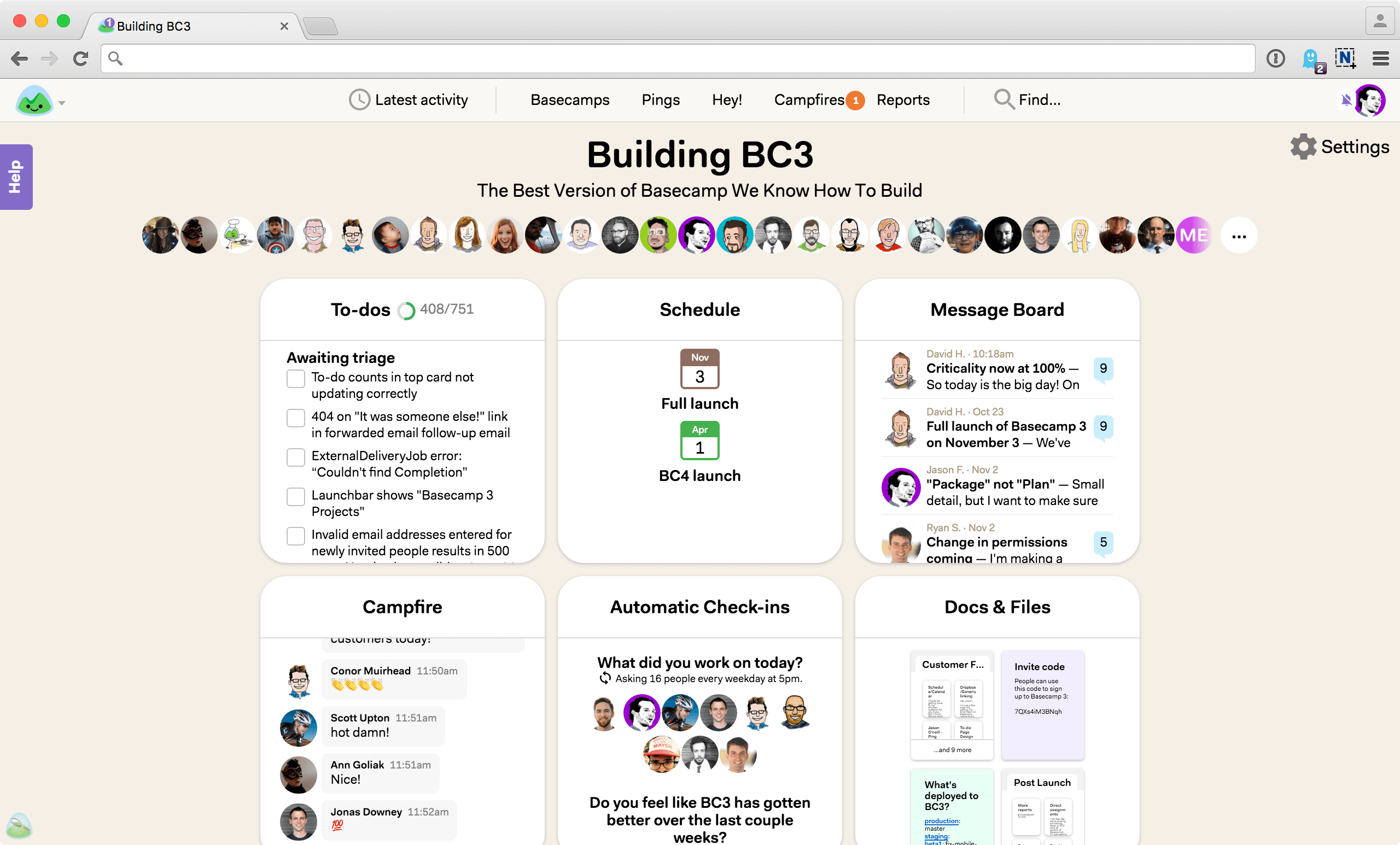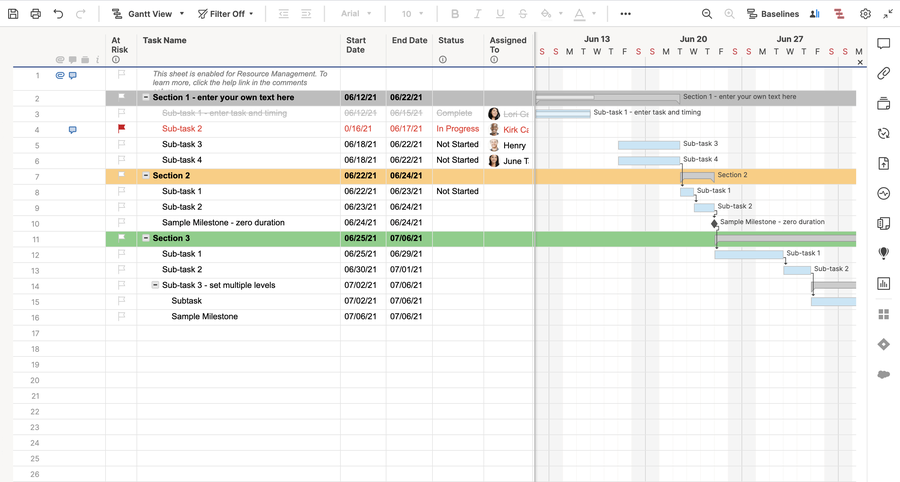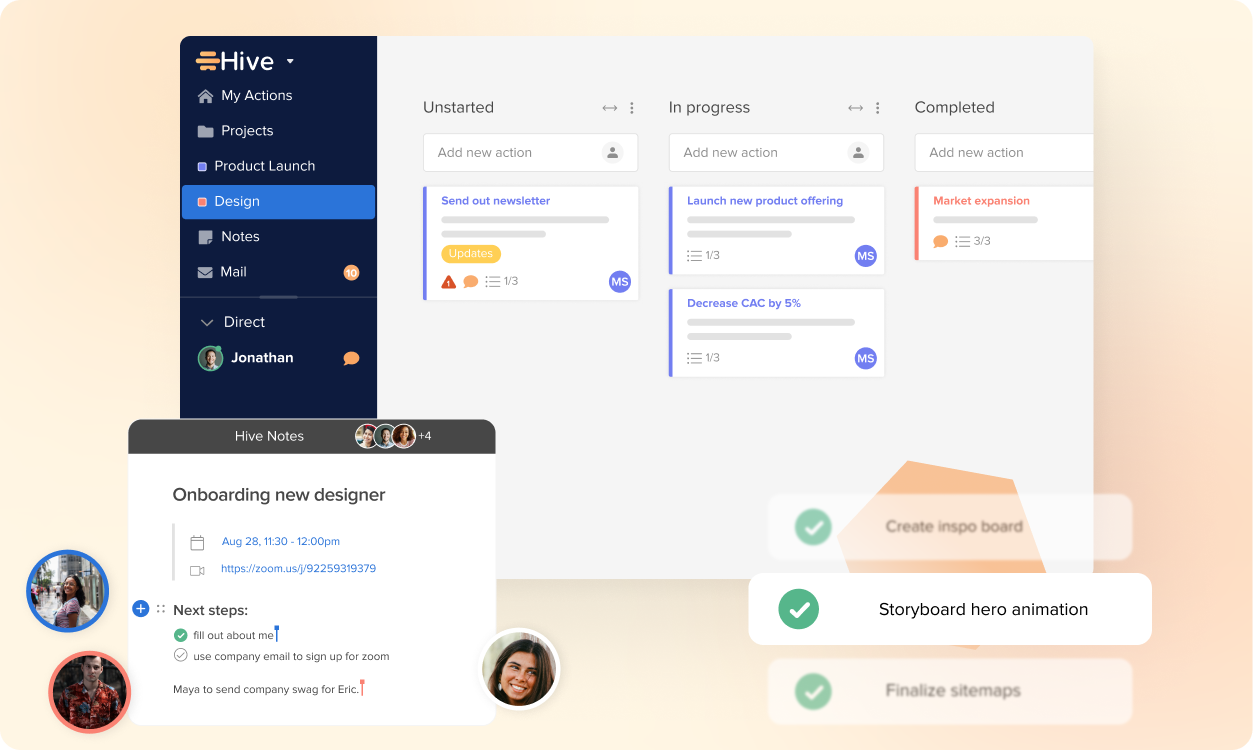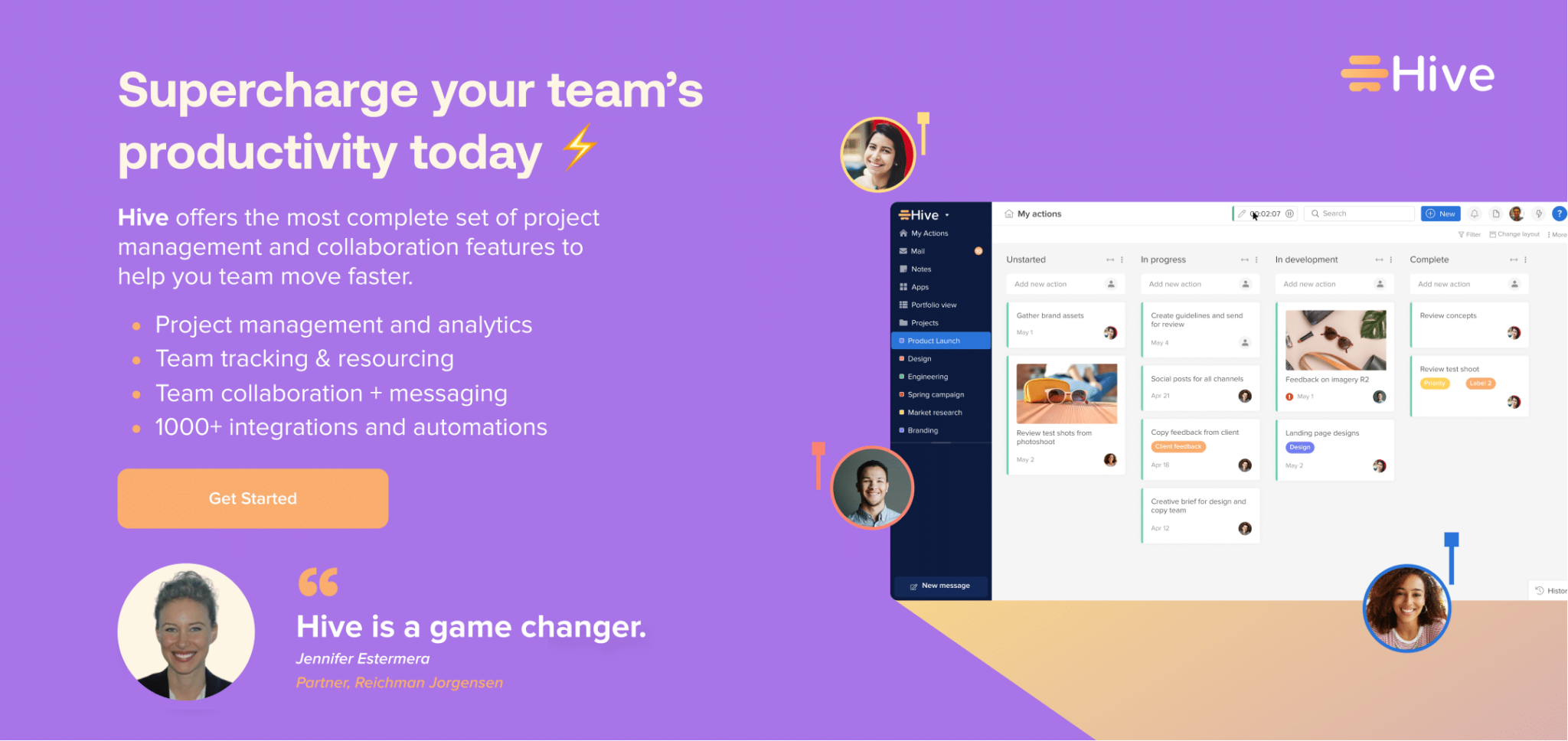Organizations all over the world have diverse, and occasionally disconnected, teams that need to work together to ensure the business is running smoothly. Cross functional collaboration is a critical part of their workflow, meaning that while the enterprise is working towards similar goals, teams should be tackling individual projects with direct knowledge about what their colleagues are working on.
Marketing, for example, could be working on a customer event, while the customer success or sales division could be working on customer outreach and holiday gifts. It is detrimental to the progress of the organization when multiple teams are working towards the same goals without collaborating. That’s where project management and collaboration tools come in to save the day.
What is Cross Functional Collaboration?
Cross functional, or cross business, collaboration can be defined as “the process where individuals from different departments in an organization with different areas of expertise come together to achieve a common goal,” according to BigCommerce. There are a few distinct elements that are needed to ensure this level of collaboration across a business:
- Open, and streamlined, channels of communication
- Processes that exist across an organization
- Reporting on regular updates from teams across the business
- Specific goals and timelines to measure success
Over the last decade, online project management solutions have come a long way in their ability to improve transparency, collaboration, goal tracking, and visibility as a whole. This means that teams are working cross functionally, as opposed to singularly or in small groups. Functionality like company goal-setting, project progress tracking, milestone establishment, and project dashboards help teams achieve true cross business collaboration.
If you’re looking for a tool to help you achieve this level of cohesion in your organization, here are our pick for the best ones.
1. Hive
Hive is a project management and collaboration tool with robust goal tracking and project timeline features. Goals in Hive, a feature that allows organizations to track full goal and project plans for their teams and businesses, is the first step to ensuring cross functional collaboration.
With Goals in Hive, teams can understand exactly what they’re working towards and how their efforts are aligned. Chat and action cards in Hive will ensure clear communication and that channels stay open throughout the project. To monitor progress, Dashboards in Hive are available and full customizable per team – ensuring that all updates are streamlined and can be viewed by other leads.
Other collaborative features offered in Hive:
- Flexible project views for all teams including Gantt, Table View, and Calendar view
- Resourcing and time tracking for all teams
- Dashboard tracking at all levels
- Customized notifications
- In-app chat and email integration
- Zoom integration and Notes app in Hive
Try Hive for free today and organize your team’s collaborative efforts.
2. ProofHub

Used by teams and businesses from around the world, ProofHub is a software best for creative or marketing teams looking to collaborate on documents. The tool brings all your communication, collaboration and project management efforts under one roof. With its powerful features, ProofHub can help you collaborate on files, communicate, share real-time feedback, and keep your work-life organized. ProofHub also integrates with popular tools that you already use, so that you can access everything in one central place.
3. Asana

Asana is a user-friendly business collaboration that can easily manage small and larger projects, which is why it’s part of our list of best cross functional collaboration tools. The software is designed around tasks and subtasks arranged into different sections that can be assigned to either an individual or teams. It’s a popular tool that has been developed over the last several years to work well for teams in remote and hybrid environments.
For each task, the project manager and the rest of the team can communicate and provide feedback in the same place, keeping collaboration for each project at a central, easy to access location.
4. Basecamp

Basecamp is a cloud-based collaboration tool with lots of features for individuals, project managers and marketing teams that enables collaboration on tasks. Some of the features include to-do lists for tasks, which can be assigned to different users, and tasks that the system will automatically follow up on when the due date lapses.
It also has a real-time group chat feature and a tool that enables the client to view the progress of the project. As with the majority of services on this list, Basecamp can also be integrated with other products for reporting, analysis, and time tracking, among other features. Aside from its cloud-based solution, Basecamp can be integrated with iOS, Android, Mac, and PC. However, Basecamp is our recommendation for smaller or creative teams, as it doesn’t have some of the key features that Hive has for resourcing and analyzing progress.
5. Smartsheet

Smartsheet is a collaboration management software that is based on a table view, which looks similar to an Excel spreadsheet. This tool is cloud-based, and also allows users to switch between a few other data visualization views. Smartsheet also has work automation flows that help you reduce manual tasks and automate recurring actions, which helps take over some of the more mundane day-to-day work.
If you’re trying to convince Excel wizards to use a cross functional collaboration tool, this could be a great option that wouldn’t require a ton of additional training.







